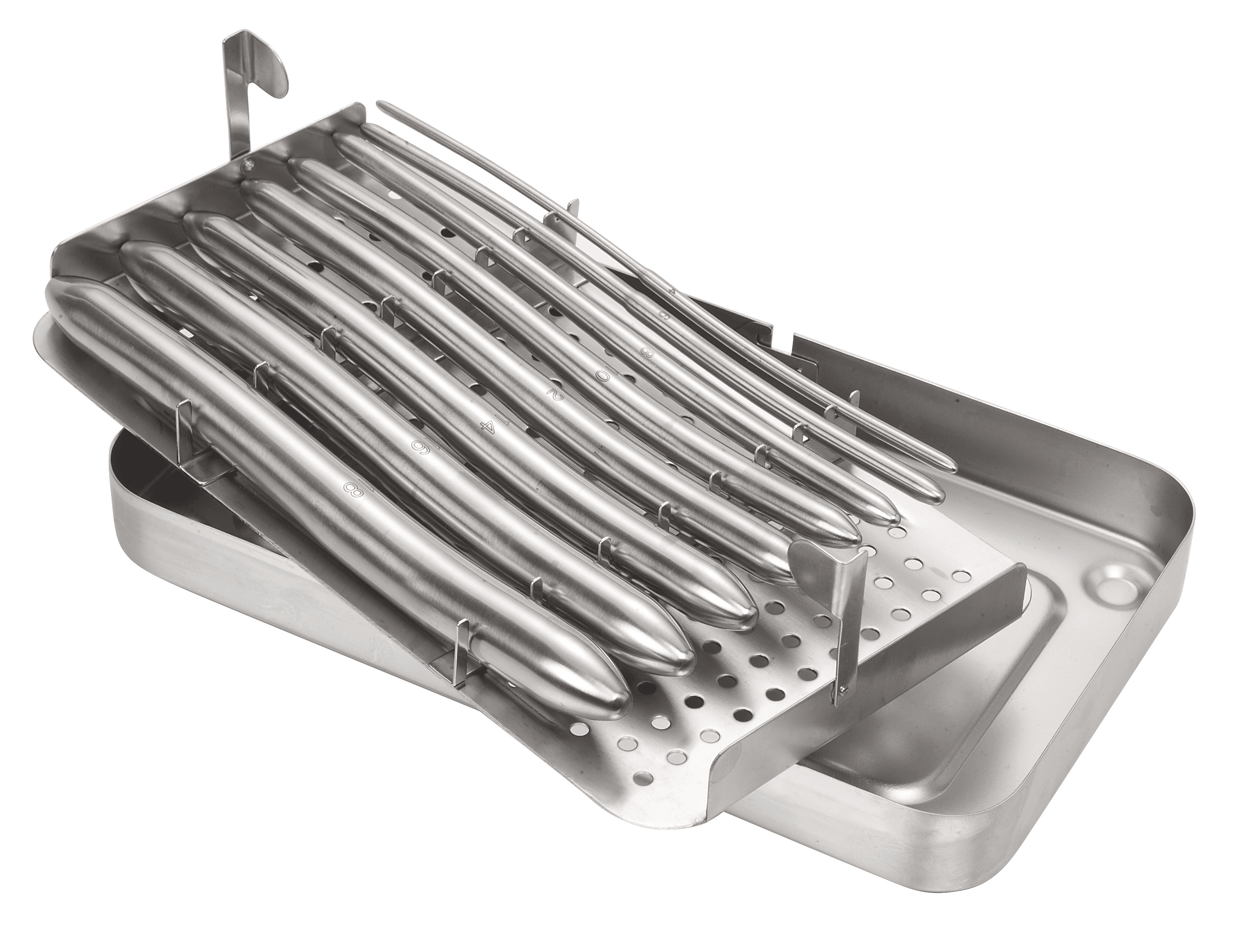
An Overview of Essential Gynecology Tools
Gynecology is a gender-specific field comprising sensitive information related to the female body and its functions.
Gynecology is a gender-specific field comprising sensitive information related to the female body and its functions. It includes both medicine and surgery, dealing with diseases or issues related to the female reproductive system, including menses, pregnancy, and childbirth.
As this particular area of surgery becomes more complex, new gynecology tools have been developed. Each instrument holds its specific design and working methodology. Great care and specialized knowledge are required to use them. Here we will discuss some of them:
Vaginal Speculum
It is made of steel or plastic and consists of two blades that can be opened or closed.
Uses:
- For the exposure of vaginal and cervical walls.
- Exposure of septate vagina from both sides.
Advantages:
- Size adjustable.
- Easy to handle.
- Self-retaining.
Disadvantages:
- Does not provide complete protection to vaginal walls.
- Does not expose anterior and posterior sides of vaginal walls.
Types:
- Sims vaginal speculum
- Auvards self-retaining vaginal speculum
- Cusco’s non-fenestrated bivalvular self-retaining vaginal speculum
Hodge Pessary
It is an important gynecology tool. It is made of rubber, latex, or silicone and is flat and ring-shaped.
Uses:
- Treatment of vaginal prolapse.
- Treatment of pelvic support defects.
Advantages:
- Simple to use.
- Easy to handle.
- Cheap.
Disadvantages:
- Difficult to adjust its size.
- Requires rechecking for any kind of allergic reactions.
- Needs to be removed and cleaned repeatedly.
Sims Uterine Sound
It is ductile with a grooved handle. Its width is 3mm while at the knob the width is 4mm.
Uses:
- Measures the length of the uterus and cervical canal.
- Determines the direction of the uterus.
- Used for the diagnosis of:
- Cervix cancer
- Cervical stenosis
- Dysmenorrhea
- Uterine defects
- Uterine polyps
- Uterine inversion
- D and C, IUCD, and Vesico-vaginal fistula
- Pseudo prolapse
Advantages:
- Helps in disease differentiation.
- Helps in diagnosing a vast variety of diseases.
Disadvantages:
- Can increase an already occurring infection.
- Can disturb pregnancy.
- Can cause perforation in the cervix or body of the uterus.
Uterine Dilators
It has a uniform thickness throughout. It can be single or double-ended and has 15 major types with different thicknesses. The tip is slightly curved.
Complications:
- Ascending infections and endometriosis.
- Dilation of the cervix.
- Abortion.
Use:
- Primarily for the dilation of the cervix.
Forceps
It is one of the most common gynecology tools. It may have a handle, a shank, and a lock. It has a great variety based on the shapes of jaws or the working end.
Complications:
- Dilation of the cervix.
- May cause infection.
- May cause bleeding at the site of application.
Uses:
- For the evaluation of movement of the uterus.
- For the repair of prolapse.
- For the correction of RVF.
- To grasp the cervix in pregnancy.
- For the removal of cervical and corporeal polyps.
- As a sponge carrier.
- For the removal of the ovum.
Types:
- Vulsellum forceps
- Ring and sponge forceps
- Ovum forceps
Uterine Curettes
It consists of 3 basic parts:
- Shank: It is hollow and ductile.
- Handle: It is rigid and may be single-ended or double-ended.
- Curetting end: It may be sharp, blunt, or spoon-shaped.
Uses:
- For the removal of endometrium polyps.
- For the cure of uterine bleeding.
- For managing abortions.
Complications:
- Infection in the uterus.
- Dilation in the uterus.
- Heavy bleeding.
- May lead to peritonitis.
IUCD (Intrauterine Contraceptive Device)
Primarily used for the prevention of pregnancy.
Side Effects:
- Mood changes
- Nausea
- Acne
- Pelvic pain
Advantages:
- Effective for a long time.
- Shows quick results.
- Does not require daily monitoring.
Disadvantages:
- Can cause sexually transmitted infections.
- Can cause difficulty in menses.
- May cause abortion.
- May cause cervical cancer.
Vacuum Extractor
Uses:
- To increase the rate of flexion.
- To help complete the cervical dilation.
- To control bleeding.
- It may help to remove the head.
Disadvantages:
- Cervical incompetence.
- Laceration of the vagina.
- Skull injuries to the fetus.
- Delivery time may be long.
Advantages:
- Helps in rotating the head.
- Corrects the posture of the fetal head.
- Reduces the risk of anesthesia.
Other Important Instruments
Scrapers
Made of wood with one end irregular in shape for providing a rotary movement.
Uses:
- For the sampling of the endocervix.
- For the diagnosis of cervical cancer.
Amnihook
Used mainly to rupture the amniotic membrane and for amniotomy.
Fetal Scalp Electrode
Used to check the heartbeat of the baby while still in the uterus. It is placed under the skin of the baby's scalp.
Conclusion
Gynecological tools are complex in nature, costly, and difficult to handle. A deep scientific knowledge of gynecology and obstetrics is required to operate them properly. Despite their advantages, there are always some complications associated with them which can only be tackled in time by a highly skilled person.
For more information please visit our website: https://www.dynamicmedicalsolution.com/
